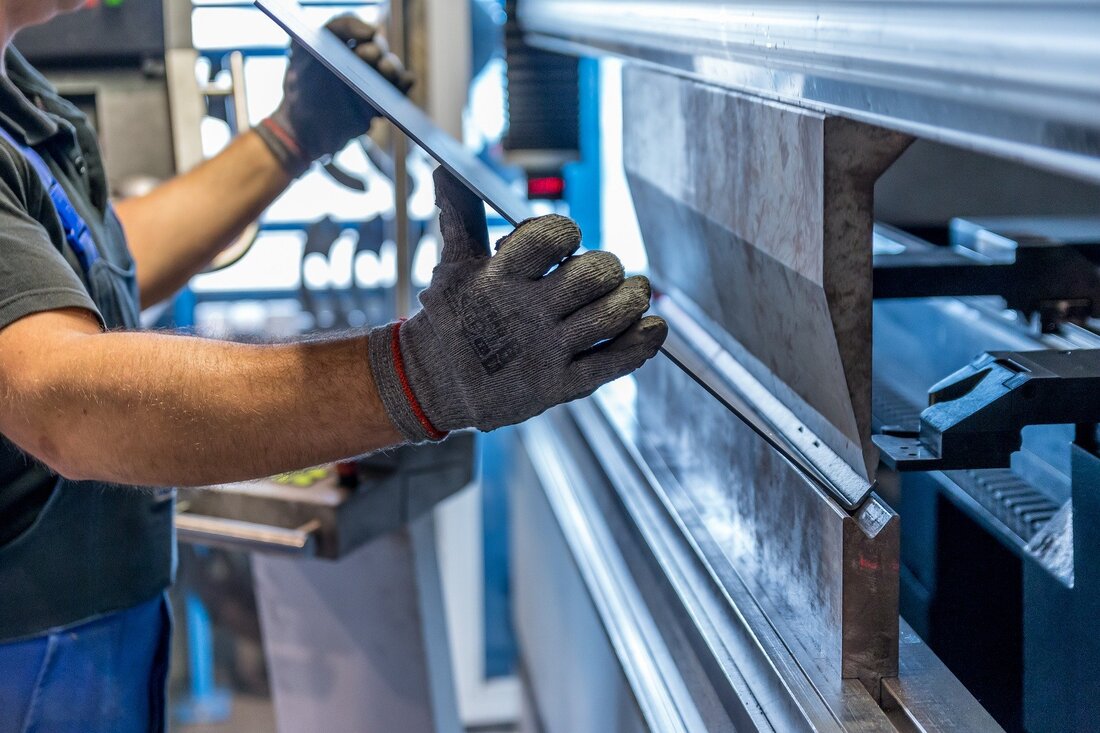|
Lean product development is an approach to developing products that focuses on reducing waste, speeding up delivery, and increasing profit. This approach to product development is used by dozens of successful companies, including John Deere, Nike, and Intel. Originally formulated by Toyota, lean product development is a great approach for new businesses seeking to capture the most customer value with the least amount of waste. Here’s what entrepreneurs need to know about lean product development. BACKGROUND: THE HISTORY OF LEAN PRODUCT DEVELOPMENTLean product development, or lean manufacturing, originates from Toyota in the late 20th century. The Toyota Production System was born from a need to meet the varying tastes of car buyers. After World War II, the growing middle class desired cars of different shapes, sizes, and colors, a demand that Ford’s factory model wasn’t equipped to meet. Consumers wanted different models, thereby requiring different materials, production lines, and skilled labor. Toyota’s approach to meet this demand depended on two central tenets: jidoka and just-in-time. Jidoka is a Japanese phrase that roughly translates to “automation with a human touch.” It refers to a method of quickly identifying and correcting issues that may cause faulty production. “Just-in-time” is a concept that focuses on refining and coordinating each step in the production process so that it only produces what is required for the next phase in the sequence, dramatically lowering waste. The rest of the lean product development methodology flows from these two core values. Toyota designed a system that minimizes waste while maximizing value to the customer in terms of product quality, price, and good design. Other companies have since applied the values of lean product development to software, consumer goods, and other manufacturing processes. PRINCIPLES OF LEAN PRODUCT DEVELOPMENTStemming from jidoka and just-in-time are seven key principles that encapsulate the approach to lean development. These principles dictate how an entrepreneur or new business can adhere to the lean development approach to deliver value and minimize inefficiencies. These principles are: Eliminate waste: waste includes anything which does not provide value to the end-user. Lean product development experts define waste very broadly, from “unnecessary movement of workers on the shop floor” to inventory deadstock and overproduction. Build quality: this is a disciplined approach to making sure products are well-crafted. It includes things like incremental development, automating tasks prone to human error, and constant feedback. Create knowledge: provide a way to capture knowledge and document learning throughout the process. Defer commitment: “To defer commitment means to not plan (in excessive detail) for months in advance, to not commit to ideas or projects without a full understanding of the business requirements,” explains one expert. Deliver fast: deliver a simple product to customers quickly and iterate and enhance new versions thereafter. Respect people: communicate effectively, resolve conflict proactively, respect others and work as a team for the benefit of the end-user. Optimize the whole: every part of the operation must be optimized for one specific end goal – delivering value to the customer. Lean product development principles have been rewritten and applied to the product design context, as well as to starting a company. The Lean Startup, a 2011 book about product development, outlines how to avoid building a product that no one wants or needs by learning from Toyota’s original lean product development principles. In today’s competitive economy, applying a lean product development approach can dramatically improve your company’s chance of success. HOW TO USE LEAN PRODUCT DEVELOPMENTLean product development begins by considering what specific value your product or service can provide for customers. What problem are you solving by developing this product? Do market research and competitive analysis to make sure the demand for what you have to offer truly exists. Next, incorporate the principle of holistic optimization. Get all stakeholders involved from the start. Identify a partner who can work with your business from product design to sourcing to production management and logistics. “Collaboration in the early stages of a project reduces the number of negative impacts and holdups that can happen down the line as progress continues. Getting manufacturing involved ahead of time allows for problems to be identified and resolved early, before they cause deliverability issues later,” describes one expert. Then, look at ways to eliminate steps in the process that are wasteful or inefficient. The next phase of your lean process seeks to optimize production – often simply constructing a minimum viable product for consumer feedback and testing. An MVP is a version of a product with just enough features to allow customers to conceptualize what your final product will be and provide feedback accordingly. Respond to customer pull and iterate your initial vision based on what the market demands. Finally, repeat the process until you’ve achieved perfection. Perfection, as defined by lean product development, is “measurable value with no waste.” It’s an extremely sustainable, profit-building method for product development. Inevitably, this approach benefits both consumers and brands. Article originally published at: https://gembah.com/what-is-lean-product-development/ Article copyright (c) protected, all rights reserved. Reuse of this article or any of its content by permission only.
0 Comments
Leave a Reply. |
The AuthorI dedicate my life to science, technology, music and to bringing people together. And I do it my way. Archives
November 2023
Categories
All
|




 RSS Feed
RSS Feed
